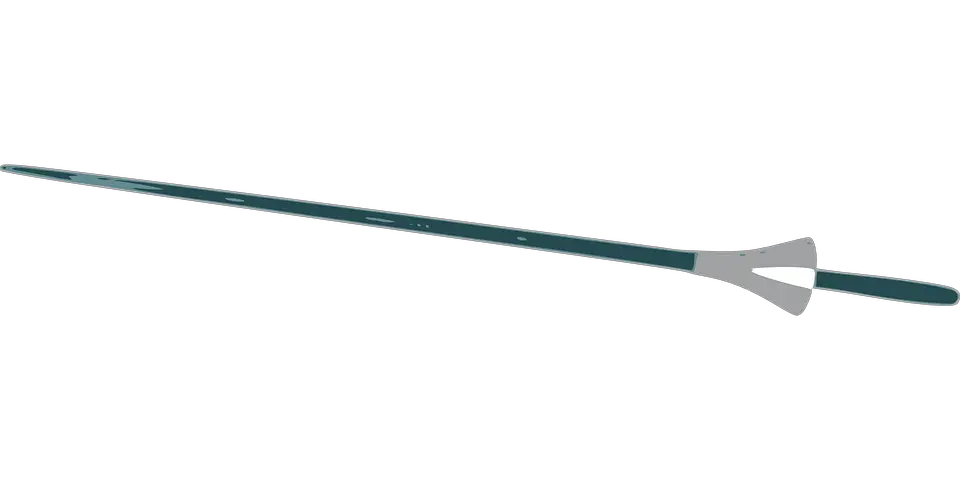Medieval Lance
Lances and Pikes
Lances and pikes are similar and both developed from the spear but they were used for different purposes. Lances were used by mounted soldiers, particularly knights, while pikes were used by foot soldiers and other infantry. The pike was developed as a way to combat cavalry assaults.


Lances
Lances can still be considered to be spears but they are too heavy to throw or to use as a thrusting weapon. The lance is longer and stouter than a regular spear and was generally used by soldiers on horses. Many lances had a vamplate attached to one end (the end the knight held). This vamplate was a small round plate that would stop the knight’s hand from moving up the lance when the knight hit something. The vamplate would also help protect the knight’s hand and arm. A lance was around three to four meters long. The lance was made from wood and typically had a sharp point made from iron or steel.
As lances became more popular, changes were made in armor to make it easier to carry the lance. A lance rest, which is simply a projection on the side of a knight’s armor, was made to help carry the lance into battle.
During a battle, a group of mounted knights would charge at a full gallop as one tightly packed group with lances all pointing in the same direction. The goal was to overwhelm the enemy formation. The lance was typically only good for this one charge, so most knights also needed a secondary weapon such as a sword or mace to use after the charge.

Jousting Lances
Jousting was a popular pastime in the Middle Ages. Tournaments were often held and would last for days. At the tournaments, knights would compete with each other in a number of competitions with a number of different weapons.
One of the most popular competitions was the joust. In a joust, two men on horseback and carrying lances would charge one another in an effort to show their courage and skill. Winners of the tournament could win money, land, and titles. The lances used in jousting were slightly different from the lances used in actual combat since the point of a joust was not to actually injure your opponent (although injuries did still occur).
The lance would have a blunt point instead of a sharp point. The blunt point was called a coronal. In addition, the lance would be made of softer wood and was often hollow so that it would break upon impact instead of piercing the opposing knight.

Pikes
Pikes were used by foot soldiers and were the longest weapons used on the battlefield. They were even longer than lances. A typical pike was around three to six meters long. It was basically just a long piece of wood with an iron point at the end. When both sides of a conflict used pikes, foot soldiers (or pikemen) would try to get the longest pikes they could to give themselves an advantage. As a result, some pikes would be over six meters. The pikes needed to be made of strong wood and tapered down into a point in an attempt to stop the pike from sagging at the end.
Pikemen could use their weapons in either offensive or defensive attacks. The foot soldiers would be in close formation, and the pikemen would point their pikes in the direction of the enemy to create a wall of pikes to protect themselves. This is called a hedgehog formation. The hedgehog formation was the main formation used by untrained pikemen and stopped the enemy from being able to attack.
Trained pikemen could go on the offensive by moving the formation forward. Each rank of pikemen would point their pikes at the enemy and then slowly move forward. The ranks were usually three to four levels deep. One weakness of this is that the sides of the formation were unprotected since all the pikes were facing forward. The pikemen usually needed protection to avoid being flanked.
Since the pike was a two-handed weapon, pikemen were also vulnerable to attacks from archers because they couldn’t hid under shields. In fact, one of the ways used to defeat a pike formation was to first attack with crossbows or longbows until the pike formation was thinned out and then have the cavalry charge.
Although a pike could be used for hand-to-hand combat, it was not a good weapon for close combat. As a result, pikemen usually carried a second weapon, such as a sword, axe, or mace, for use in close combat.
Lances and pikes were similar weapons but used for different purposes and by different soldiers. Lances were used by knights on horseback and pikes were used by common foot soldiers.




